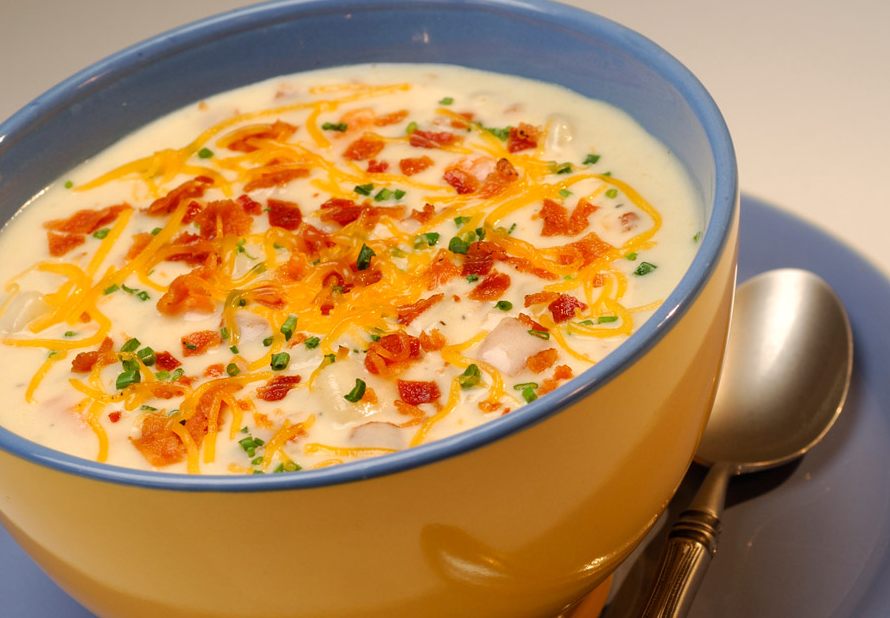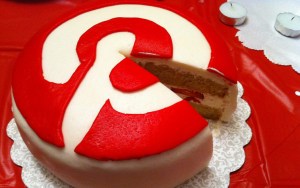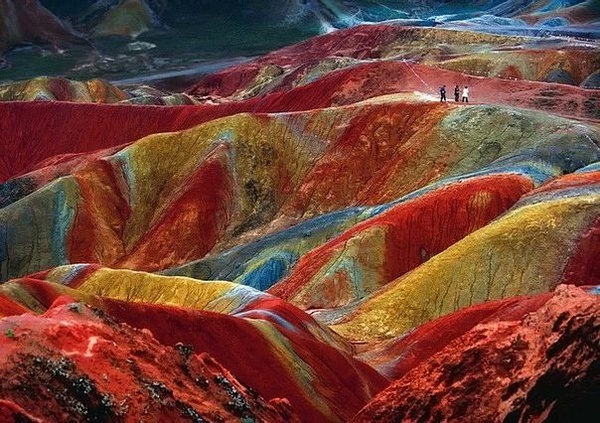Want smarter insights in your inbox? Sign up for our weekly newsletters to get only what matters to enterprise AI, data, and security leaders. Subscribe Now
 Visual analytics and marketing platform Curalate studied 500,000 images on Pinterest to discover what drives the most likes and repins. The results might astonish you.
Visual analytics and marketing platform Curalate studied 500,000 images on Pinterest to discover what drives the most likes and repins. The results might astonish you.
First of all, ixnay on the faces: brand images without faces drive many more repins than images with faces.
And generally, color is good, particularly images with more than one dominant color, which are repinned 3.25 times more often than images with just one dominant color. But even though blue seems to be many people’s favorite color, it’s a bad choice for repin-seeking Pinteresters. Red images get more repins than primarily blue images, and pictures that contain a mixture of red, orange, and brown, oddly enough, are repinned twice as as often as blue images.
 Which makes the header photo for this post — a decadent Loaded Baked Potato Soup at a Disney theme park– a just-about-perfect pin: It’s been repinned almost 60,000 times and liked almost 8,000 times.
Which makes the header photo for this post — a decadent Loaded Baked Potato Soup at a Disney theme park– a just-about-perfect pin: It’s been repinned almost 60,000 times and liked almost 8,000 times.
To generate its guidelines for creating more-shareable pins, Curulate analyzed 30 visual characteristics of images on Pinterest, such as color, texture, size, format (portrait or landscape), and saturation (how light or dark an image is).
Another interesting finding: Never, ever post a rough-textured image to Pinterest. According to the Curulate data, images with smooth texture are repinned a massive 17 times more often than images with rough texture. In addition, to maximize repinnability of products or objects, make the shot a close-up. Imagines with less than 30 percent background are repinned most often, while images that contain 40 percent or more background are two to four times less likely to be repinned.
One more guideline: saturation.
Very light and very dark images are seldom repinned. In fact, images with medium lightness are repinned 20 times more often than mostly dark images and eight times more often than images that are mostly white.
Finally, while it’s not an image guideline, brands need to be careful that their images on Pinterest actually lead somewhere. Pinterest is the fourth-largest traffic-generating site on the Internet, but 48 percent of the most popular pins lead to expired pages on retailers’ sites.
It’s a complete waste of time to engineer the perfectly-repinnable Pinterest pin only to have it lead straight to a 404 error page on your website.
Image credits: Pinterest; Baked Potato Soup/Disney; Pinterest Cake by Shards of Blue/Flickr



